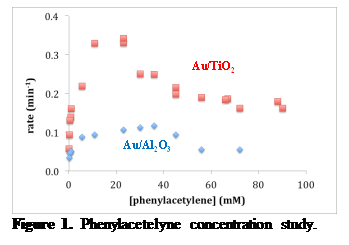Reports: UR553510-UR5: Monitoring Changes in Nanoparticle Electronics with Hammett Studies of Dendrimer Templated Supported Gold Catalysts
Bert D. Chandler, Trinity University

Bert D. Chandler, Trinity University

Copyright © American Chemical Society